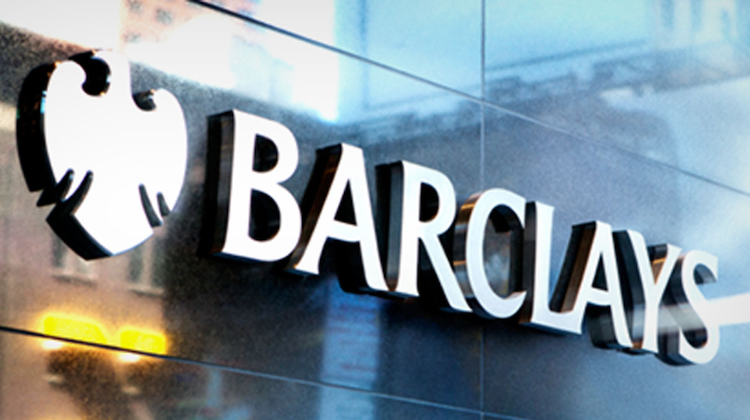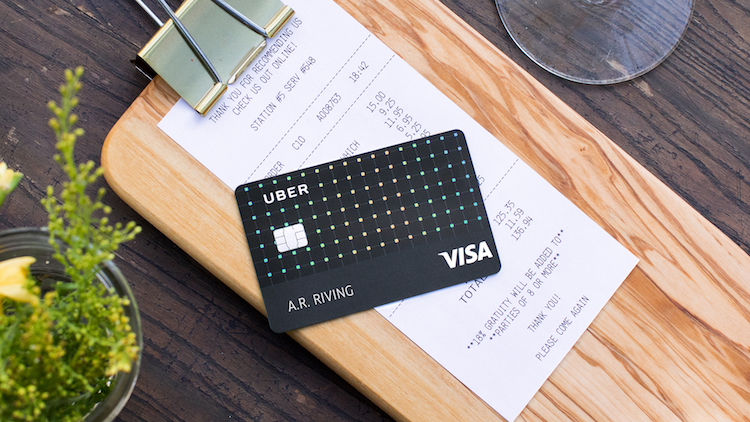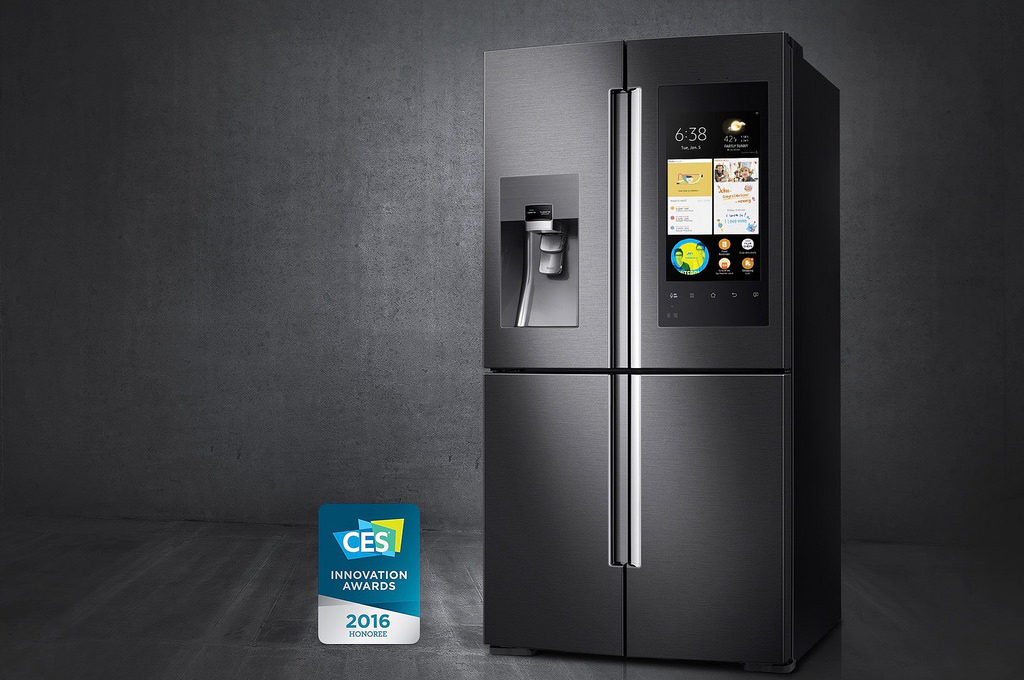Uber is launching a credit card
5 innovative IoT payment products
12 most mindblowing acquisitions in recent history
Interesting discussion going on at 12Most regarding the most mindblowing acquisitions in history.
Obviously, the fervor around Facebook’s intention to buy photo app, Instagram for $1B prompted this list but I thought it would be a good time to get your feedback into what you think were the most influential mergers in the financial space.
To get things started, I added the $15 billion BlackRock-Barclays Global (BGI) merger which essentially made BlackRock the largest asset manager on the planet but also gave them the crown jewel in the ETF space, which just keeps growing like a weed.
What do you think are notable mergers in our space?
Vote or add your picks below:
ETFs, overindexing and the power of financial brands
Just doing some thinking about the growth and future of the ETF industry:
In my eyes, ETFs began as a second-generation of mutual funds with the following characteristics:
- Passively managed: ETFs were passively managed (though that’s changing), building upon Jack Bogle’s success at Vanguard. Most research at the time clung to the Efficient Market Hypothesis and academics declared that trying to beat the markets was a fool’s game. ETFs were this vehicle.
- Cheap: They were cheap. If theory shows that you can’t pick stocks and win the game that way, better to index and reduce fees for better long term success. ETFs’ passive structure enabled fund sponsors to get big and compete on price, driving prices further downward.
- New access: Beyond their philosophical underpinnings and reduction in asset management fees, ETFs also opened doors to new asset classes (commodities), markets (Peru), and strategies (leveraged short funds) that weren’t easily accessible or understandable for retail investors previously.
Things are a’changin
Things are changing. With Blackrock’s purchase of Barclays Global Investors iShares (BGI), ETFs are no longer seen as a pure threat to the much larger mutual fund industry. Diversified asset managers like Blackrock and PIMCO, mutual fund firms like Vanguard and Fidelity, and online brokers like Schwab are building and buying ETFs as part of a larger smorgasboard of choices for their clients. ETFs fit in like precious metal and international funds into a firm’s offerings.
In a sense, ETFs have now become purely productized, competing against similar strategies in different structures. Contributing to this trend is the fact that numerous ETF offerings targeting the same strategy/geography have all hit the market. With multiple offerings for almost every market and strategy in ETF land, overindexing has blurred any and all distinctions in investors’ minds about which securities to select. Instead of doing the work to pick the most appropriate security, brand will ultimately trump other things.
While there may be 3 general, broad ETFs for investors to get Chinese market exposure, most retail investors have no idea that they’ve been structured differently, that the compositions of the indices these ETFs track are wildly different and have led and may very well lead to different performance outcomes.
Brands, brands, brands
What this means, then, is (like most things in life), competition in the ETF space gets muddled. ETFs compete against mutual funds every bit as much as they do against each other and with this backdrop, the emergence of the firm’s brand will trump performance and index structure. Index composition or the race to build a better mousetrap becomes less important. Branding will sway investor decisions and assets away from the smaller, more innovative players, towards the larger, stronger brands.
Like everything commercial, brands wield power. So true in the financial sector as well.











